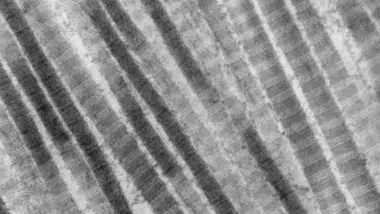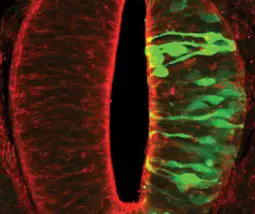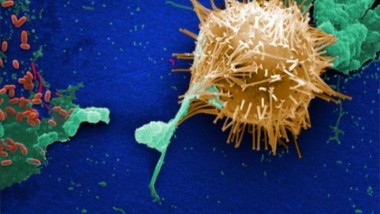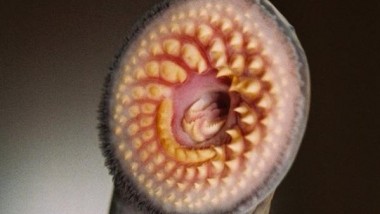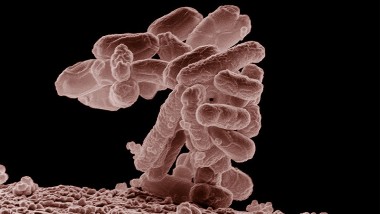Researchers at the University of Illinois at Urbana-Champaign and the Shenyang National Laboratory for Materials Sciences in China have developed a new catalyst that uses visible light to disinfect bacteria and viruses. The new process – which works in either ...
Scientists Create Super-Strong Collagen
Researchers from the University of Wisconsin-Madison have recently announced the creation of the strongest form of collagen known to science, which might serve as a stable alternative to human collagen. There are several future benefits, including the ability to treat ...
Inducing Controlled Suicide in Human Cells
Researchers at the Institute for Research in Biomedicine, Barcelona, have recently designed a new tool to study rescue signaling pathways and cell apoptosis. Their development might help scientists to better understand the phenomenon of cells’ excessive accumulation of errors in ...
Ancient Pygmy Sea Cow Discovered
A new study, published by researcher from McGill University, Canada, has reported the finding of sea cow fossil, shedding light on evolution during the Middle Eocene period. The study’s success is mainly due to the intact condition in which the ...
Creating Artificial HDL Cholesterol
Researchers at Northwestern University in Evanston, Illinois have designed a nanoparticle that may carry cholesterol out of the body in patients with cardiovascular disease. Designed to mimic HDL (also known as good cholesterol), the new particles tightly bond to LDL ...
Our Brains, Not Eyes, See Color
Researchers from the University of Chicago and Vanderbilt University have uncovered that the brain plays a critical role in color perception. According to their study, it is the brain – and not the eyes – that assigns colors to objects; ...
Making Cancer Cells Glow
Researchers at AntiCancer Incorporated in San Diego, California and at Okayama University in Japan are developing a virus that makes cancer cells permanently glow. A fluorescence gene derived from jellyfish is integrated into tumors using a modified cold virus. The ...
SEM of Untreated Water Specimen
This digitally-colorized scanning electron micrograph (SEM) of an untreated water specimen extracted from a wild stream mainly used to control flooding during inclement weather, revealed the presence of unidentified organisms, which included bacteria, protozoa, and algae. In this particular view, ...
Sea Lamprey’s Genome Mystery
Researchers have discovered that the sea lamprey, which emerged from jawless fish first appearing 500 million years ago, dramatically remodels its genome. Shortly after a fertilized lamprey egg divides into several cells, the growing embryo discards millions of units of ...
Planning Ahead Bacteria
Scientists from the Weizmann Institute in Israel, led by Prof. Yitzhak Pilpel, have recently shown that bacteria can anticipate certain future events in their environment and prepare for the upcoming changes. According to the scientists, these findings do not only ...


